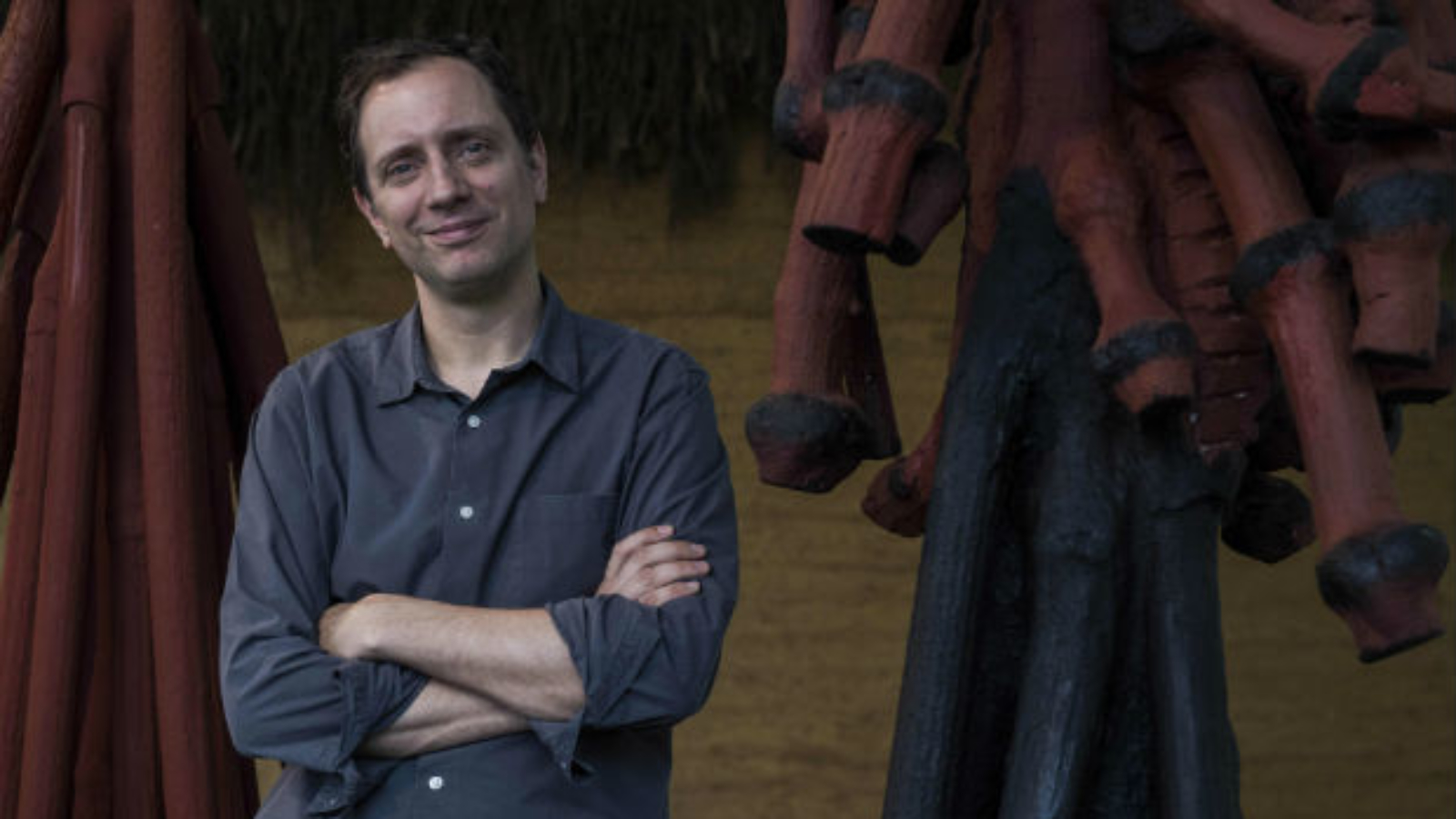The German Jochen Volz who conceived the “Incerteza Viva” (“Live uncertainty”), from the 32nd Biennial of Sao Paulo, came to stay in Brazil.
He arrived in 2005 to become curator and artistic director of the Inhotim Institute, in Minas Gerais, now, after closing the biennial of Sao Paulo, takes over the Pinacoteca of Sao Paulo. Also will make the selection of the artists for the Brazilian pavilion at the next Venice Biennial.
The Italian website Exibart dedicated a few lines about the prestige of Jochen Volz in the Brazilian universe of arts and was perhaps a little biting with such prominence, considering the important curriculum of the curator and quoting the close cooperation between Biennial Foundation and the government by the Ministry of foreign affairs. Finalized this way: “Given the relevant name as a guide, we wait curious the cast of artists from one of key Pavilions in Giardini’s geography.”
Beatiful works
Although there are no lack of acid criticism of the Sao Paulo Biennial published in magazines and newspapers with great national circulation, more than 100 thousand students went through the exhibition of a total of 600 thousand visitors reached last week. This number exceeds the past four editions. So pleased overall and not the expert critical. PanHoram Arte has evaluated it as one of the most creative in recent years.
“I believe beauty does not deserve to be used as a category. I myself see many beautiful works on the show. There was a concern on our part to develop propositional works, which propose something to think, to understand something different, and, for me, are aesthetic categories” said Volz. Source: Folha de São Paulo.
Jochen Volz (1971, Braunschweig, Germany – lives in São Paulo) was also the curator of the 32nd Biennial of Sao Paulo (September 7 to December 11, 2016). The art critic also directed the programming of the Serpentine Galleries in London and served as artistic director of the Inhotim Institute. He was the curator of Portikus in Frankfurt, cocurator of the 53rd Venice Biennial International Show (2009) and the 1st Aichi Triennial in Nagoya (2010), and invited curator of the 27th Bienal de São Paulo (2006).
Without undermining the potential and talent of the German curator, it is well known that in Brazil there is no lack of professionals to carry out such works. Why ours are not valued?
Well…. It must be the terrible complex of mutts of the Brazilian. What comes from outside is always better.

